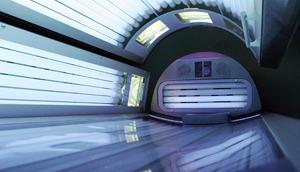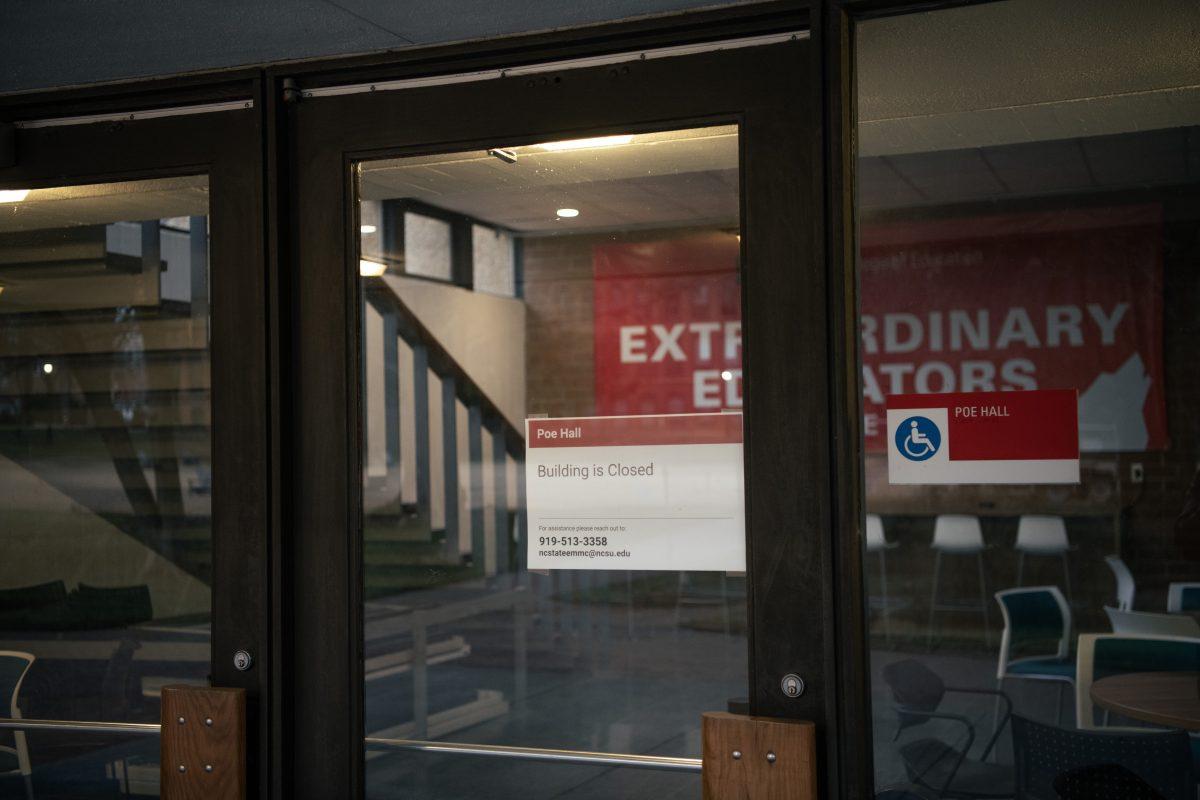Spring Break is quickly approaching and students are beginning to prepare for a week of fun in the sun.
Before jetting off to the Bahamas, South Beach or Cancun, many students will be using tanning beds to give themselves a sun-kissed look before reaching their destination.
Tanning beds, which are popular among students, are known to cause skin cancer and premature aging, yet the popularity of tanning beds continues to increase.
“Use of tanning beds result in an increased risk for all skin cancers including melanoma, as well as basal cell and squamous cell carcinoma,” Margaret Boyse, from the Dermatology and Skin Cancer Center in Raleigh, said.
According to the Skin Cancer Foundation, tanning beds are a $2 billion industry in the United States.
The foundation also found 28 million Americans tan indoors annually and there are about 25,000 tanning salons nationwide.
“I know people who are addicted to tanning year round who don’t consider the future risk of laying in a tanning bed,” Jamie Curtis, a junior in parks, recreation and tourism management, said.
Curtis said she began tanning a month before spring break.
“I want to get a base tan so I won’t burn on the first day of my trip,” Curtis said. “This year will be the third time I have bought a month at a tanning salon.”
Tanning beds provide students with a base tan so when they reach their tropical spring break destination they will have a bronze glow, but this bronze glow does not come without repercussions.
“People think a tan makes them look better and healthier which is completely opposite to what laying in the tanning bed is doing,” Marianne Turnbull, director of health promotions for Student Health Services, said. “Students are just setting themselves up for dangerous moles and skin cancer.”
Turnbull said the fairer an individual’s skins tone the more prone they are to skin cancer.
“Even though fairer complexions tend to burn more, darker skin tones can still lead to skin cancer from a tanning bed,” Turnbull said.
Jessica Lee, a sophomore in communication, said she is a little worried about getting skin cancer from the tanning bed, but she feels she is careful.
“I always put on tanning lotion and I am constantly moisturizing my skin,” Lee said. “I am aware of the risk, but I also know how to protect myself.”
There have been several false claims made by tanning bed manufactures that might have caused students to be uninformed about the harmful side affects of tanning.
The Federal Trade Commission has had to fine several tanning bed manufacturers for claiming tanning beds cause no skin damage.
The FTC said these claims were false because tanning indoors does cause damage to the skin.
Tanning beds emit ultraviolet rays, and overexposure to these rays can cause eye injury, premature wrinkling and can increase chances of developing skin cancer.
“Most of the manifestations of aging are due to UV light and specifically UV-A,” Boyse said. “This is evident when viewing the face of an elderly person and comparing the skin’s appearance to that of the skin on [his or her] lower back.”
It has been well published that tanning beds cause aging and skin cancer, yet individuals still feel the need to tan.
“Since more people are using tanning beds now more than ever, I think the logical conclusion is that more people will experience skin cancer in the long run,” Tyler Bassett, a freshman in business management, said.
Bassett said he believes students feel pressured to remain tan year-round.
“Today, being tan is a sign of attractiveness and has become a fad among girls,” Bassett said. “Since some girls have tanned and not had problems, now all of them are going.”
Bassett does not lay in tanning beds because he said he would rather spend time in the sun tanning while swimming or wakeboarding.
A World Health Organization study found an estimated 132,000 cases of malignant melanoma, the most dangerous form of skin cancer, occur annually.
The study also found an estimated 66,000 deaths occur from melanoma and other forms of skin cancer.
“Tanning beds bring up an important question,” Turnbull said. “Is it better to look good now with a tan, or is it better to look good for the rest of your life?”
The American Academy of Dermatology is taking steps to help all patients realize the skin cancer risks associated with tanning.
“It is a long process to change state regulations,” Boyse said. “I focus on telling my young patients how bad they will look in their 40s and beyond if they don’t protect themselves from UV exposure of all types.”
Lee said she thinks college students today will be dealing with skin cancer in the future.
“Our generation will have to deal with a lot of different health issues, but I also think researchers will discover ways to fight skin cancer especially since it’s so prominent in our society,” Lee said.
Boyse said she would never lie in a tanning bed.
“The short term color change of one’s skin is not worth the long term risk of premature death from melanoma,” Boyse said.








